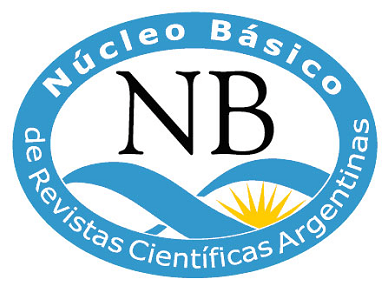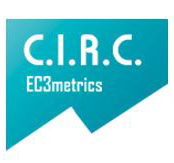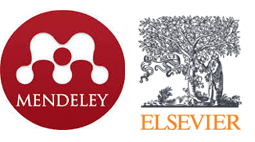Urban walkography: experiencing the city in a creative and immersive way
DOI:
https://doi.org/10.14409/extension.2024.20.Ene-Jun.e0014Keywords:
urban walkography, collective mapping, cartography, collective writing, university extensionAbstract
Walkography is the act of walking and mapping simultaneously. A practice that has been developed by the research, teaching and extension group, Cidade+Contemporanidade, which lives in the south of Brazil, in the city of Pelotas. The article presents the methodology of walkography being exercised during an afternoon that covers the Colina do Sol and Treptow microregions, in Pelotas, where the perspective is expanded based on the meeting, the game and collective writing. The powers of walkography are evident, mainly in the pedagogical sense of experiencing the city and its multiple layers.
References
Agamben, G. (2004). Homosacer: o poder soberano e a vida nua I. UFMG/Humanitas.
Anzaldúa, G. (1987). Borderlands/La Frontera: The New Mestiza. Aunt Lute Books.
Careri, F. (2013). Walkscapes: o caminhar como prática estética. Gustavo Gili.
Corazza, S. M. (Ed.) (2020). Métodos de Transcriação: pesquisas em educação da diferença. Oikos.
Deleuze, G. (1997). Crítica e Clínica. Editora 34.
Deleuze, G. & Guattari, F. (1995). Mil Platôs: capitalismo esquizofrenia. Vol. 1. Editora 34.
Fuão, F. F. (2018). Inscritos no Lixo. [Blog]. http://inscritosnolixo.blogspot.com/
Fuão, F. F. (2023). Arquitetura e Domesticação I. Arquitextos, 23(273).
Freire, P. (1996). Pedagogia da autonomia: saberes necessários à prática educativa. (25ta. ed.). Paz e Terra.
IBGE (2020). Censo Demográfico 2020: Características da população e dos domicílios: Resultados do universo. IBGE.
Larrosa, J. (2021). Tremores: escritos sobre a experiência. Autêntica.
Orlandi, L. (2014). Um gosto pelos encontros. https://territoriosdefilosofia.wordpress.com/2014/12/29/um-gosto-pelos-encontros-luiz-orlandi/
Rocha, E. & Santos, T. B. (2023). Como é a caminhografia urbana? Registrar, jogar e criar na cidade. Arquitextos, 24(281). https://vitruvius.com.br/revistas/read/arquitextos/24.281/8923
Rocha, E. & Santos, T. B. (2024). Caminhografar. En Rocha, E. & Santos, T. B. Verbolário da Caminhografia Urbana (pp. 78–79). Editora Caseira.

Published
How to Cite
Issue
Section
License
Copyright (c) 2024 Eduardo Rocha, Taís Beltrame dos Santos, Paula Pedreira del Fiol

This work is licensed under a Creative Commons Attribution-NonCommercial-ShareAlike 4.0 International License.


























